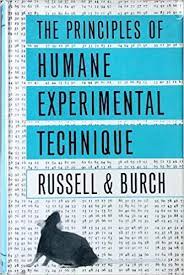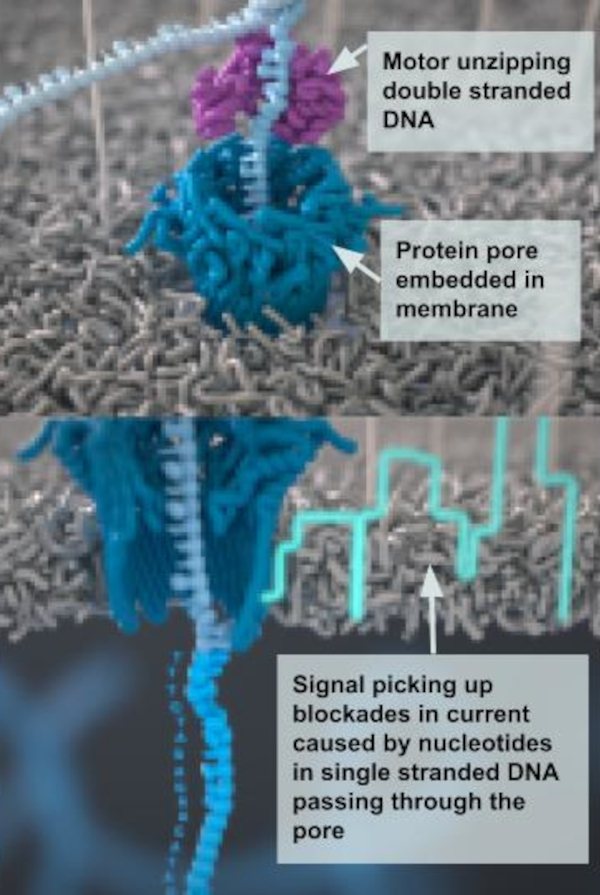Over 70% of drugs that seem promising in animal studies fail when tested in humans. Organ-on-a-chip technology could radically change this picture. whatisbiotechnology.org/index.php/scie…
Designed with cells from the human body, as this series of tweets show #Organonachips have taken many decades to materialise, starting with John Syer Bristoe’s idea for an artificial organ in 1876 

The development of #Organonachip is rooted in the concept of the #3Rs (Reduce, Refine and Replace animal testing) first outlined in 1959 by William Russell and Rex Burch 

#Organonachip development was boosted by a number of directives and funding from the European Council (1986, 2010) specifying animal experiments only be conducted when results cannot be collected by other means.
Promising to reduce #animaltesting and the time and cost in drug discovery and #Organonachips rests on the invention of Integrated Circuits technology and photolithography in the late 1940s and early 1950s which resulted in creation of microelectronic chips 

Arrival of new fluid-handling devices with interconnected microchannels, mixers, valves, pumps, pipettes and flowsensors in late 1970s laid important foundation for #Organonachips
Advances in #Organonachip technology benefited from US Defense Advanced Research Projects Agency funding launched in 1994 to encourage development of portable microfluidic systems to detect chemical and biological weapons
Fabricating #Organonachips was made much easier with the invention of soft lithography developed in the early 1990s by George Whitesides with Donald Ingber at Harvard 

Soft lithography was helped through the introduction of PDMS, a flexible silicone rubber which enabled more precise moulding of microchannels for #Organonachips 

The first microfluidic cell culture device resembling an early organ-on-a-chip was developed by Andre Kleber and his colleagues in 1991 at the University of Bern to study heart disease 

One of the key pioneers of #OrganonaChip has been Michael Shuler at Cornell University who from 1989 began developing what he called 'cell culture analogues' to replicate the physiological and toxicological responses of animals and humans to drugs 

In 2007 Shuichi Takayama at the University of Michigan demonstrated that he could recreate the crackling sound associated with lung diseases by passing a little droplet of fluid through microchannels on a lung-on-a-chip 

The first #OrganonaChip to capture organ-level functionality was the lung-on-a-chip. Heralded as a major milestone for biological medical science in 2010 the chip, developed by Donald Ingber and Dan Dongeun Huh, provided a key prototype for creating other types of organ chips 

Another key figure in the field is Uwe Marx who in 2015 hosted the first stakeholder workshop in Europe for academics, industry and regulators involved in the development of micro-physiological systems to mimic human organs in vitro. 

Several multi-organ chips have appeared in the last few years. Known as 'body-on-a-chip' or 'human-on-a-chip' these devices connect individual organs, like the liver or heart, to evaluate the toxicological and efficacy responses of drugs in a similar way to animal models 

2022 marks major milestone with the first #organonachip used to get FDA authorisation for clinical testing of drugs in humans. To find out how far the technology has travelled since its early days see whatisbiotechnology.org/index.php/scie…
“@threadreaderapp unroll”
• • •
Missing some Tweet in this thread? You can try to
force a refresh
















